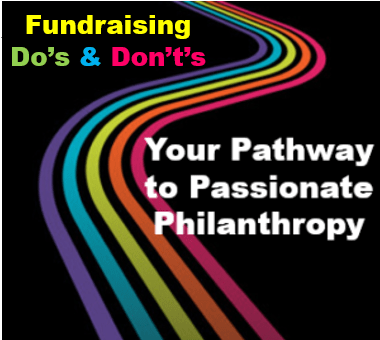Top 10 Strategies to Elegantly Transform Reluctant Fundraisers into Ready Philanthropy Facilitators

What’s holding you back? Culture? Fear?
How do you help people afraid of fundraising become comfortable in what should be a mission-aligned role for everyone associated with your nonprofit organization?
After all, everyone benefits from increased philanthropy. Not just development staff.
Increasingly, successful nonprofits are adopting cultures of philanthropy where everyone involved – administrative staff, program staff, board members, committee members, direct service volunteers and even beneficiaries – comes together as ambassadors, advocates and askers on behalf of furthering the organization’s mission, enacting its values and fulfilling its vision.
Facilitating philanthropy is not rocket science, yet folks unaccustomed to the relationship cultivation and solicitation required to land major donations are fearful because they believe they don’t know how to do it. Actually, they do. They just need some guidance, hand holding and support along the way. Reluctant fundraisers tend to think fundraising is just about money. It’s a lot more than that.
It’s the job of a nonprofit’s leadership to work with insiders (staff and volunteers) to help everyone feel both passionate about the cause and confident in the fundraising process.
Of all the barriers to be overcome; first and foremost is fundraising fear. This fear takes many forms, and is perhaps best expressed in some of the questions I frequently receive. So I’m endeavoring to answer these questions below. Hopefully this will help you address these challenges within your own organization so you, too, can transform folks from fearful and reluctant “fundraisers” to joyful and ready “philanthropy facilitators.” It simply takes a little elegant reframing.
Details








 All you’ve got to do is ask!
All you’ve got to do is ask!

 Assuming people don’t want to be asked to make a philanthropic gift is one of the biggest misconceptions of what constitutes being donor-centered.
Assuming people don’t want to be asked to make a philanthropic gift is one of the biggest misconceptions of what constitutes being donor-centered.
